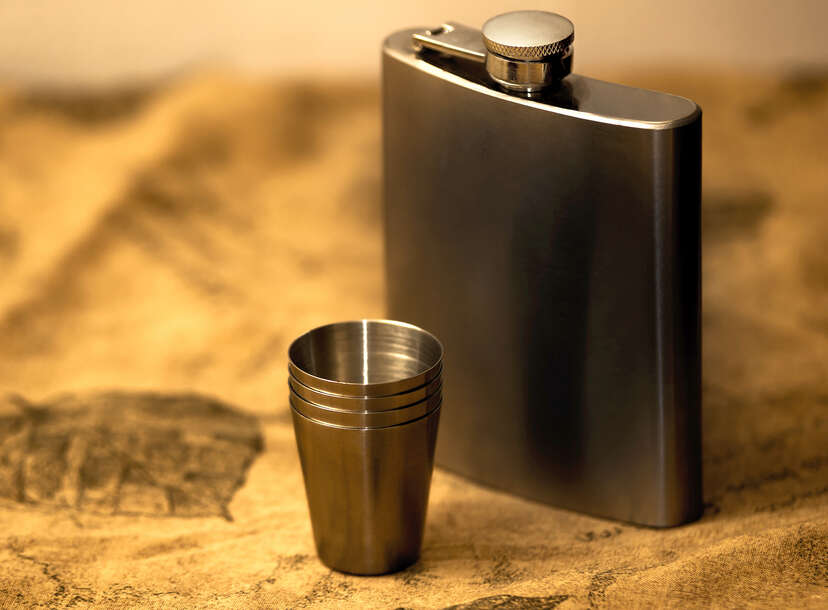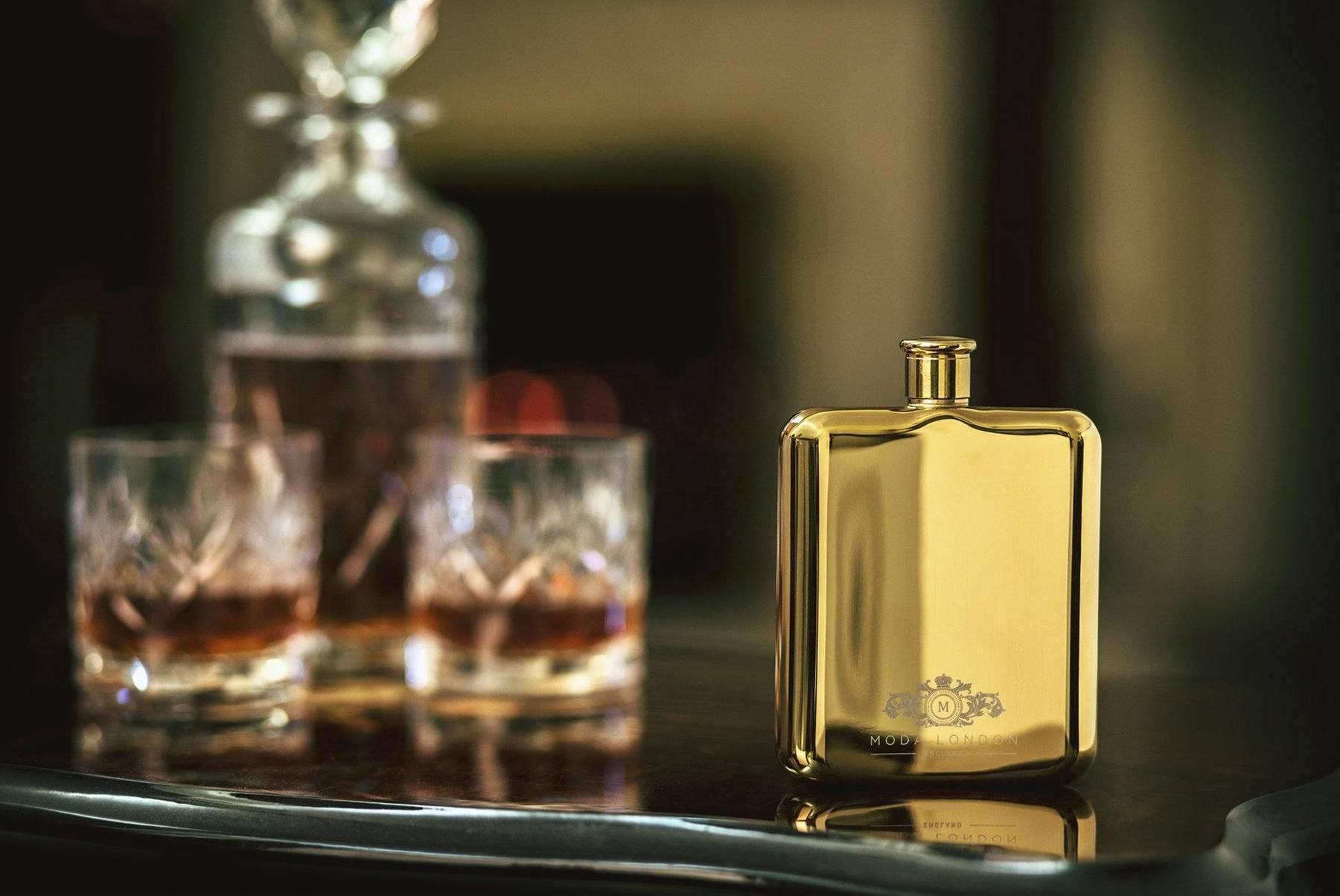The Greatest Guide To The Pocket Hip Flask Co
The Greatest Guide To The Pocket Hip Flask Co
Blog Article
Not known Facts About The Pocket Hip Flask Co
Table of ContentsThe Pocket Hip Flask Co Things To Know Before You BuyNot known Details About The Pocket Hip Flask Co The Best Strategy To Use For The Pocket Hip Flask Co10 Simple Techniques For The Pocket Hip Flask CoSome Known Details About The Pocket Hip Flask Co
UK regulations are much more specific, with two alcohol-related regulations that pertain to flasks consisting of the Licensing Act of 2003 and Road Traffic Act 1930 (steel flask). The Road Website traffic act of 1930 was modified in 1988 and is known in some circles as the Hip Flask Protection Act. The primary element of this legislation concerns being intoxicated of drugs or alcohol while running a car
It does not promise that governments will disallow the sales of flasks in the near future. Several establishments disallow them, and it is illegal in lots of places to consume alcohol publically, flasks are still preferred and useful in certain scenarios. Naturally, if flasks are ever banned, people can turn to old college methods of concealing their alcohol: For the last hundred years, flasks have ended up being a very typical, typical present for a male that will wed, to offer to his finest guy and groomsmen, as gifts, on his wedding event day.
The mom and father of the bride-to-be, and of the bridegroom, likewise obtain these presents on a regular basis, as the flasks can currently be tailored, personalized, etched in a very impressive fashion, making the flask a good token of the wedding.
What Does The Pocket Hip Flask Co Mean?

Typically ships within 2 functioning days. We will call you straight if for any factor delivery may take much longer. Release your inner traveler with the Bremont Hip Flask. With a distinct layout inspired by vintage Jerry Cans, it has actually been meticulously crafted from premium stainless steel, brass and leather, with an attractive laser inscribed panel including the Bremont logo design.
Covered in bespoke 'Sassenach Tartan' tweed woven in Scotland and accentuated with brownish natural leather trim, this 6oz stainless steel hip flask is a whisky lover's ideal close friend. It is available in a discussion box with a tiny funnel for loading your flask, making an ideal present. This flask will certainly fit neatly in any kind of bag or handbag do not leave home without it!: 4 3/8" high 3 3/4" wide 1" deep Your hip flask is developed to lug alcoholic spirits.
The 45-Second Trick For The Pocket Hip Flask Co
The flask will give years of use if you use a couple of simple standards. 1. Prior to very first use, tidy the within with cozy water and depleting liquid. Wash thoroughly. 2. In between usages, clean and enable to completely dry. 3. Hip flasks are made for short term storage space. Drink materials within a couple of days.
The Sassenach Tweed is 100% pure new wool woven in Scotland. Wipe clean only. Get in touch with United States Shipping and Returns.

The Main Principles Of The Pocket Hip Flask Co
These early flasks usually consisted of attractive elements which represented the saints of the divine websites they went to. It had not been till the 18th century that we start to see the introduction of the flask as we understand it today. This is due in large part to developments in the distillation process, which made it possible to produce the sort of alcohol that could endure lengthy journeys without spoiling.
The flask played a significant function throughout the 1920's when America enacted prohibition regulations avoiding the manufacturing, circulation or consumption of alcohol throughout the country. Not surprisingly, together with the speakeasy, the popularity of the flask surged as males and females flouted regulations, lugging flasks of bourbon and rum beneath their clothing to nip at, share and sell.
Generally a glass blown flask made largely in the Northeast by Masons themselves for the Lodge meetings where attendees were expected to bring their very own liquor. These flasks can be identified by the Masonic icons embossed onto the glass during the production process. No conversation of the flask is full without an introduction of Going Here the materials used to make them.
Glass, Dating back to 5000-3500 BCE, blown glass has actually been utilized as a container for liquids, the majority of commonly made use of in the Masonic flasks pointed out above. Today's glass flasks are frequently incorporated with a metal cap and base to enhance the fragile glass itself. Stainless-steel, The most preferred material used today is stainless steel as a result of its cost and stamina.
6 Easy Facts About The Pocket Hip Flask Co Explained
Of the materials pointed out below, stainless steel is without a doubt one of the most resilient, scratch and stain resistant and keeps it's high polish for many years. Pewter, A flexible metal alloy that goes back to the Bronze Age, pewter is much more expensive than stainless steel yet cheaper than admirable silver. Noted for its distinctive patinaparticularly in older flasks, which have actually stained and oxidized turning the steel a dark greya pewter flask often has that distinctive appearance of a standard antique item.
Report this page